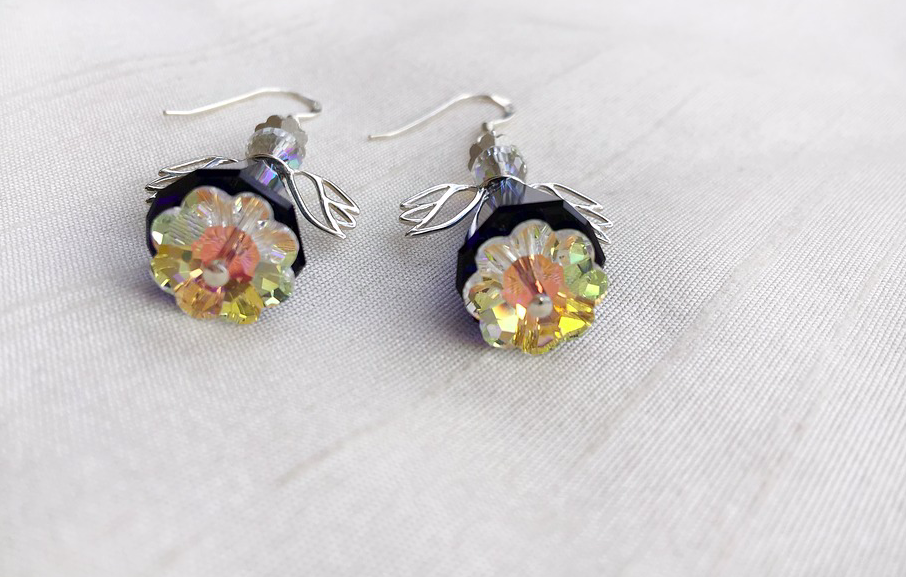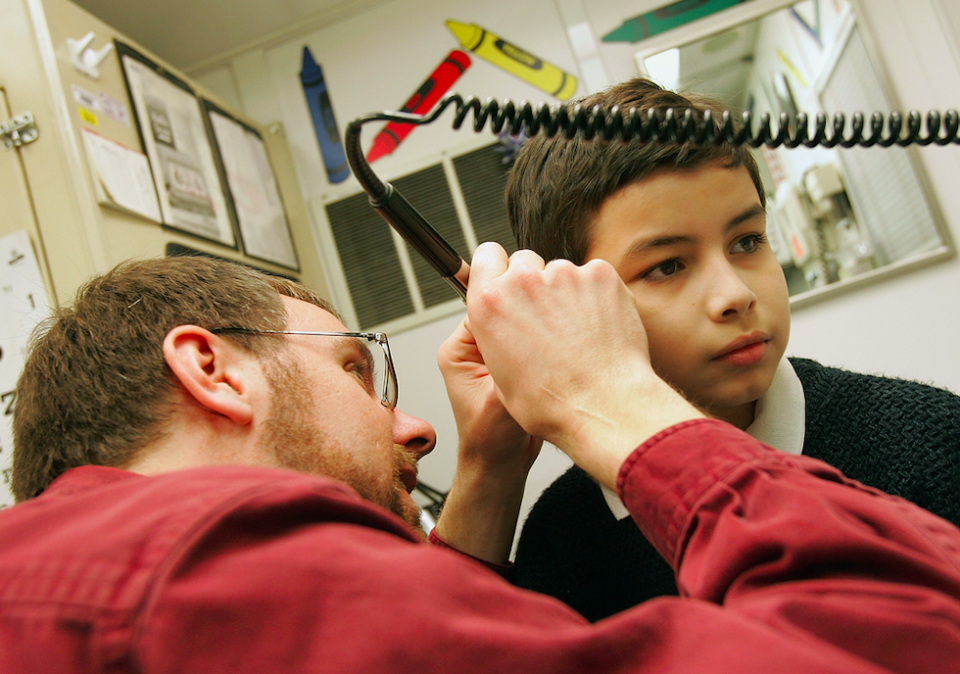Will kids ever learn? NHS spends £3m a year on removing items from children’s ears and noses

Youngsters with foreign objects stuck in their ears and noses are costing the NHS a staggering £3 million a year.
A new paper, titled Will Children Ever Learn?, found that youngsters were responsible for the vast majority of hospital cases where medics needed to remove items from ears and noses.
Jewellery was the most common item children inserted into their nose or ears, the study adds.
Researchers in Birmingham and Wales collaborated to examine England’s Hospital Episode Statistics for the numbers of people attending hospital for the removal of something stuck in their nose or ear.
Between 2010 and 2016, 8,752 nasal and 17,325 aural (ear) foreign bodies were removed from adults and children.
Youngsters were responsible for 95% of objects removed from noses and 85% of objects removed from ears.

The figures do not include data on GP attendances for similar problems, only those who needed hospital care.
The authors of the paper, published in the The Annals of the Royal College of Surgeons, said an average of 1,218 nasal and 2,479 aural foreign body removals are performed each year at an annual cost of £2,880,148 to NHS England.
The authors wrote: ‘Foreign body removal is a common reason for young children to present to the emergency department.’
Analysis of the paediatric data suggested that children aged one to four years are most likely to present with a foreign body in the nose and those aged five to nine years with something in the ear.
READ MORE FROM YAHOO NEWS UK:
Christmas getaway chaos: These are the areas set to be worst affected by rail disruption
Top cop urges police to focus on burglaries and violent crime rather than wolf whistling
Fireworks thrown at blind woman and guide dog as they walked through Leeds park
Watch: First footage offers proof of supermassive black hole lurking at the heart of the Milky Way
CCTV footage shows person breaking into ambulance while crew treated a patient
But youngsters aged one to four were most likely to attend hospital.
The researchers said: ‘Overall, items of jewellery are the most common foreign bodies requiring removal in children, accounting for up to 40% of cases.
‘In the nose, jewellery is followed by paper and plastic toys, whereas in the ears, cotton buds and pencils are the most likely culprits after jewellery.’
They added: ‘The occurrence of foreign bodies in children is generally attributed to curiosity, a whim to explore orifices and accidental entry of the foreign body.

‘In adults, habitual cleaning of ears with cotton buds is likely to be the leading cause.’
Author of the paper Dr Simon Morris, an ear, nose and throat specialist who works at Morriston Hospital in Swansea, said: ‘Ask any ear, nose and throat (ENT) surgeon, and they’ll be able to tell about weird and wonderful objects they have retrieved from the noses and ear of children and adults – pretty much anything that fits.
‘Personally I’ve seen green peas, ‘googly eyes’ and polystyrene balls from bean-bags. In adults, cotton buds seem to be the most common object.’
On advice to parents, he said: ‘Obviously prevention is better than a cure, which is why many toys contain warnings about containing small parts – so by stopping your child putting these objects into their noses, ears and elsewhere is a great start.
‘But otherwise, recognising this early and seeking medical attention is important – particularly if you are worried if this is a battery as these can be very dangerous and have to be dealt with promptly.’

 Yahoo News
Yahoo News 
